|
Together with members of Surfrider Australia, Clean Ocean Foundation successfully developed some key monitoring strategies for investigating the impact of outfalls on surfbreaks. Surfer scientists on the jobFive or six times a year, surfers arrive at Warriewood beach, a popular surfing beach north of Sydney, to find a broken surfboard and a sign saying “SWIM AT YOUR OWN RISK”. Surfers being surfers, many decide to take the risk. But some of them will be thinking twice about that after collecting seawater samples for a project to monitor pollution of the beach by the Warriewood water treatment plant. The samples showed levels of e-coli were up to 10 times recommended levels[BB1] within the most popular surfing zone. The pollution occurs after heavy rainfall when the ageing plant can’t cope with an influx of stormwater. Then Sydney Water, which operates the plant, discharges partially treated sewage through an ocean outfall close to shore. Dr John Cumming, an environmental auditor and technical adviser to Clean Ocean for the project, says the collection of samples by surfers added an important element to monitoring. “We knew what was going into the ocean during a bypass event but we didn’t know what happened to it,” Dr Cumming says. “The surfers were able to get out where recreation actually occurs, which would be difficult otherwise. And if the surfing community is taking part, they’re taking notice. It’s very important to get that connection and interest from people using the water.” Brendan Donohue, president of the northern beaches branch of Surfrider, says bypass events are likely to increase with the area having recently been rezoned for medium density development. Negotiations with Sydney Water have been ongoing over a long period, and he hopes the recent sampling will lead to action on the Warriewood plant. “We’ve never had the capacity to have the water testing done before so this is very valuable information for us,” he says. Surfing Scientist sample collection Without the water treatment plant, he says, the northern beaches would be some of Sydney’s cleanest. “Instead, after a bypass event, they are some of the dirtiest.” Sydney Water currently notifies Beachwatch whenever a bypass event occurs, and also texts Surfrider, which then erects the warning sign on the broken surfboard. In the long term, Surfrider is seeking an expansion of the Warriewood treatment plant so that bypass events no longer occur. In the shorter term, they would like to see a deep ocean outfall beyond the surfing area, as originally planned, or some other method to ensure the safety of surfers and other ocean users. In the very short term, they would like Sydney Water to vastly improve their warning system so that regular surfers can opt to be notified by text when conditions are dangerous due to contamination. Warriewood treatment plant manager Scott Collis says the data collection confirmed previous studies that have shown elevated levels of e-coli and other contaminants after heavy rainfall. But he says it is likely to have more impact simply because the community had been involved in the sampling. “If surfers are doing the work up front, they own it and understand it.” Clean Ocean Foundation CEO John Gemmill says further tests will be necessary during abnormal operating conditions of the wastewater treatment plant to provide a good picture of the impact on adjoining beaches. He is hoping the pilot trial at Warriewood can be replicated at other sites around Australia’s coast. “Data like this gives us a very good picture of how land-based activities are impacting on our beaches.” Sydney Water does at least notify Beachwatch and Surfrider of contamination, he says, but in the longer term he would like to see a more sophisticated warning system. “In the UK, Surfers Against Sewerage have released an app that will send surfers an alert about contaminated beaches.” The NESP Marine Biodiversity Hub is an Australian Government initiative to help decision-makers understand, manage and conserve Australia’s marine environment.
|
Details
Archives
June 2021
Categories
All
|
||||||
HoursM-F: 9am - 5pm
|
Telephone+61 492 917 573
|
|
Clean Ocean Foundation acknowledges the Traditional Owners of the land, and pay our respects to Elders past, present and emerging. We celebrate the stories, culture and traditions of Aboriginal and Torres Strait Islander Elders of all communities who also work and live on this land

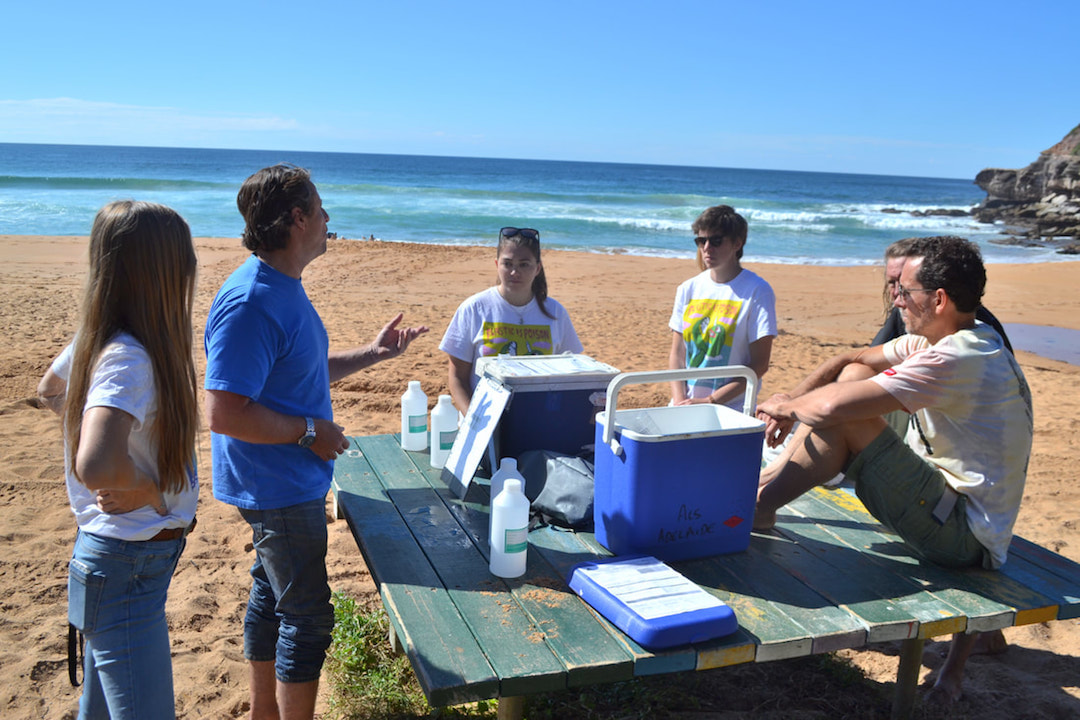
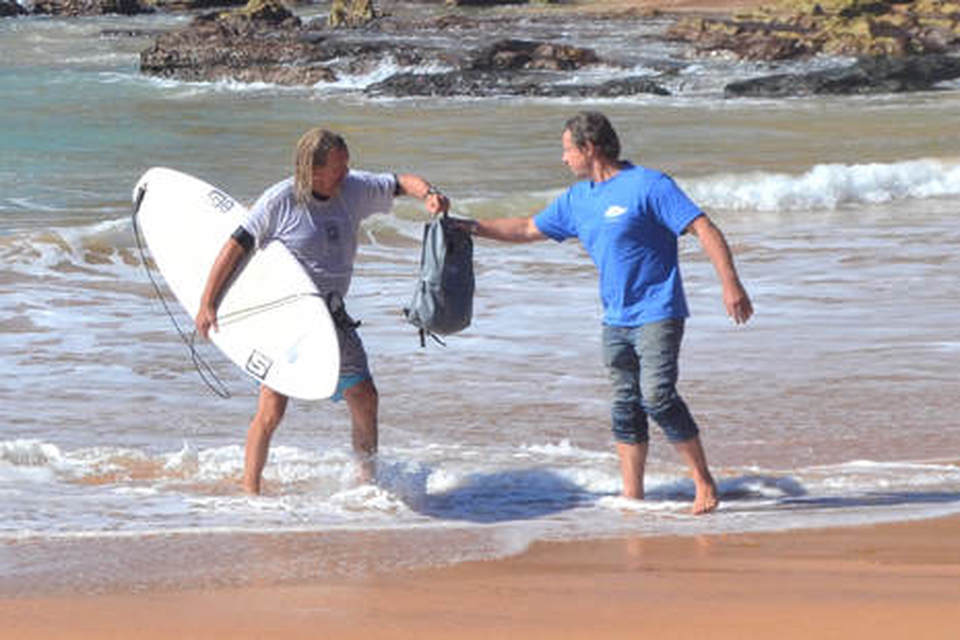
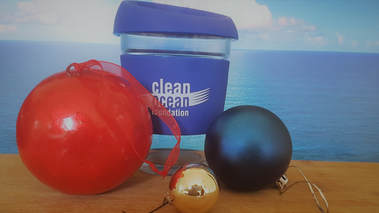
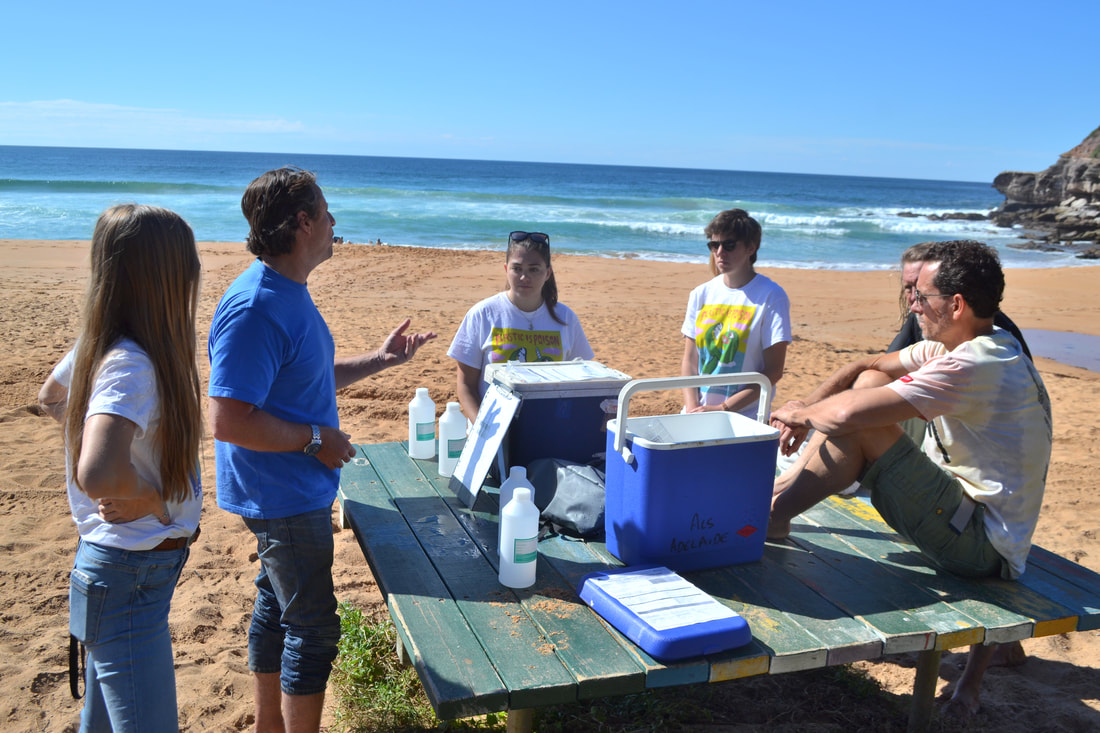
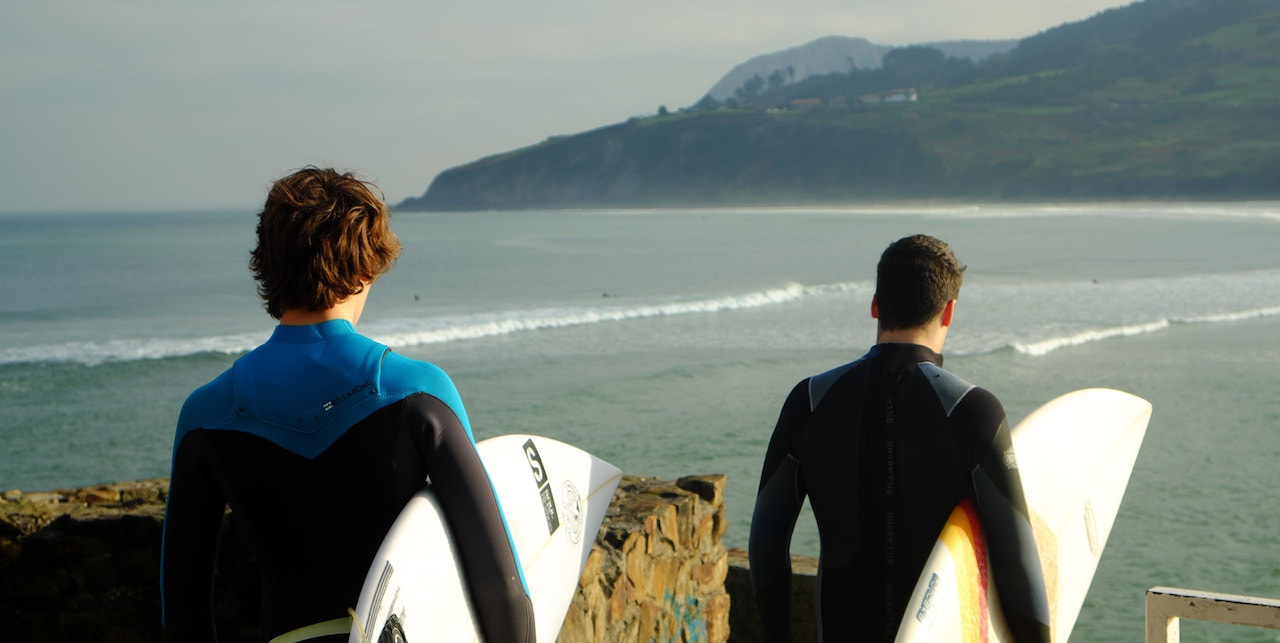
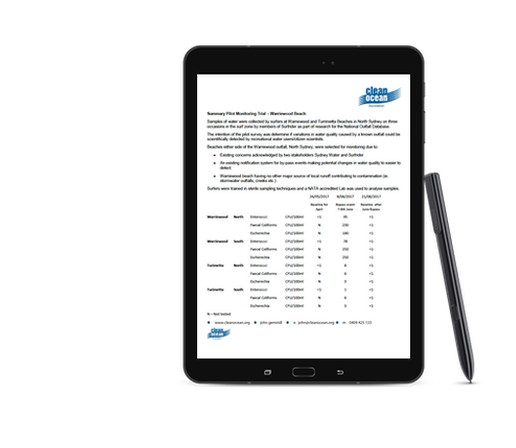

 RSS Feed
RSS Feed
